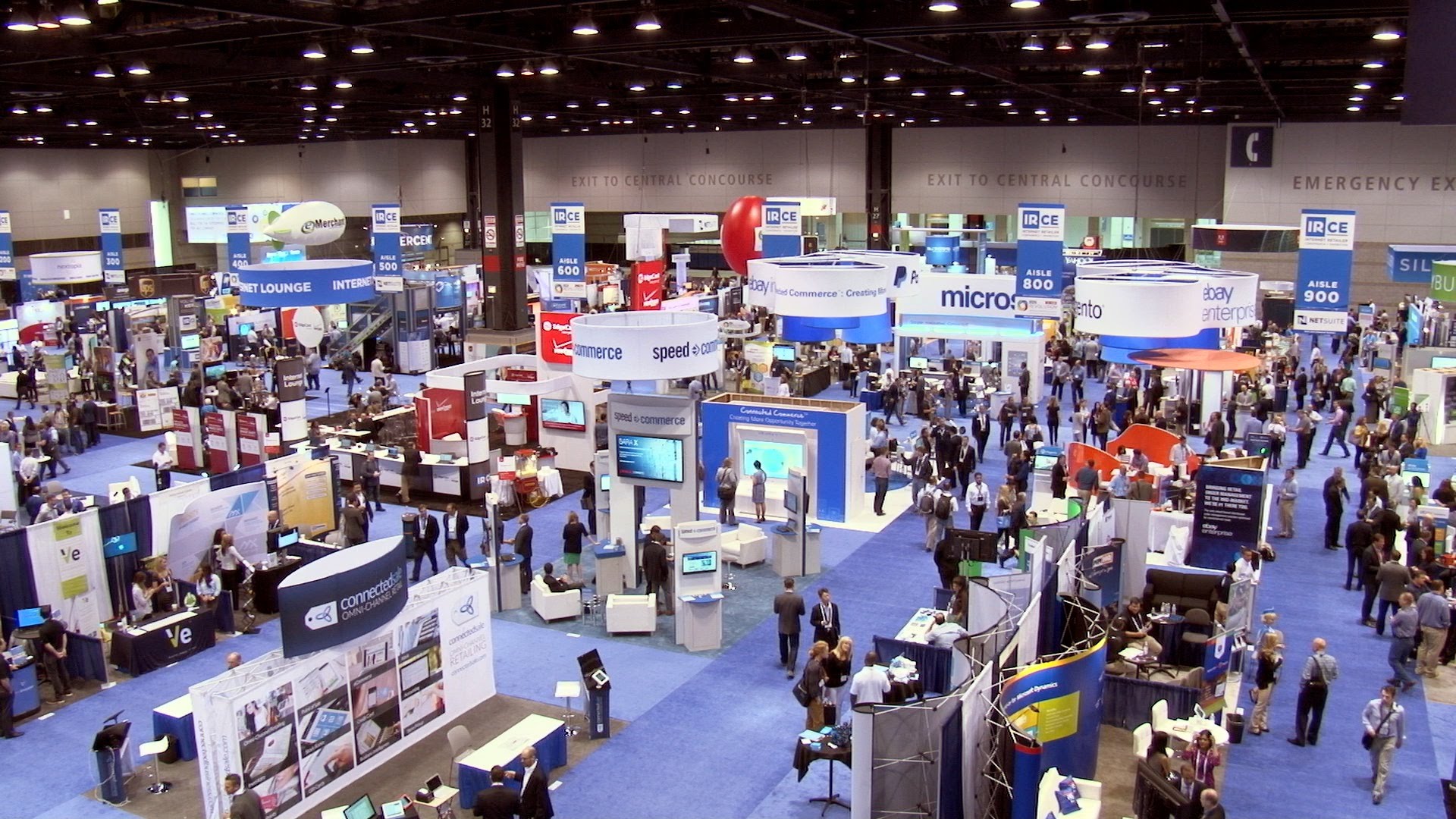
7 Trade Show Marketing Strategies For Event Organizers
Trade shows have long been a cornerstone of marketing strategies for businesses across industries. These events offer a unique opportunity to showcase products and services, connect with potential clients and partners, and stay updated on industry trends. However, with the increasing competition at trade shows, event organizers must adopt effective marketing strategies to ensure their exhibitors’ success. In this blog post, we’ll discuss seven trade show marketing strategies that every event organizer should know.
What Is Trade Show Marketing?
Trade show marketing refers to the strategic efforts and activities undertaken by businesses or organizations to promote their products, services, and brand at trade shows or exhibitions. Trade shows are events where companies from a particular industry gather to showcase their offerings, network with industry peers, meet potential clients or customers, and stay updated on industry trends.
Trade show marketing encompasses a range of activities aimed at maximizing the impact of participating in trade shows and achieving specific business objectives. These activities can include pre-show promotion, booth design and setup, engaging booth experiences, lead generation and follow-up, networking, leveraging technology, and measuring return on investment (ROI).
Key Components of Trade Show Marketing:
- Pre-Show Promotion: This involves promoting your participation in a trade show before the event takes place. It includes activities such as email marketing, social media promotion, advertising, and direct outreach to potential attendees, clients, and partners.
- Booth Design and Setup: Creating an attractive and engaging booth space is crucial to attract attendees and make a lasting impression. Booth design involves elements such as branding, visuals, product displays, interactive elements, and signage that reflect the company’s identity and key messages.
- Engaging Booth Experiences: Incorporating interactive elements such as product demonstrations, live presentations, games, contests, or workshops can enhance attendee engagement and encourage interaction with booth staff.
- Lead Generation and Follow-Up: Trade shows provide opportunities to collect leads through interactions with attendees. Effective lead generation strategies include capturing contact information, qualifying leads based on criteria, and following up promptly after the event with personalized communication and content.
- Networking: Trade shows are valuable for networking with industry peers, potential clients, partners, and influencers. Networking events, meetings, and networking tools facilitate meaningful connections and relationship-building opportunities.
- Leveraging Technology: Integrating technology such as mobile apps, QR codes, virtual reality experiences, or event management software enhances visitor engagement, streamlines processes such as registration and appointment scheduling, and enables data collection for analysis and follow-up.
7 Trade Show Marketing Strategies
1. Define Clear Objectives
Before diving into trade show planning and marketing, it’s crucial to define clear objectives. Ask yourself and your exhibitors: What do we want to achieve from participating in this trade show? Is it lead generation, brand awareness, product launches, networking, or something else? By identifying specific goals, you can tailor your marketing efforts and measure success more effectively.
2. Create Compelling Pre-Show Promotion
The success of a trade show often depends on the footfall and engagement at the booth. To ensure a strong turnout, invest time and effort in pre-show promotion. Leverage social media platforms, email marketing, and your website to create buzz around the event. Offer incentives such as early-bird discounts, exclusive previews, or contests to attract attendees. Collaborate with industry influencers or media partners to reach a wider audience and build anticipation.
3. Design an Engaging Booth Experience
At the trade show, your exhibitors’ booths should stand out and attract visitors. Work with exhibitors to design visually appealing displays that reflect their brand identity and key messages clearly. Incorporate interactive elements such as product demos, games, or workshops to engage attendees actively. Ensure that booth staff are well-trained, approachable, and equipped with the knowledge to answer questions and pitch products or services effectively.
4. Leverage Technology
In today’s digital age, incorporating technology into trade show marketing is essential. Encourage exhibitors to use QR codes, mobile apps, or virtual reality experiences to enhance visitor engagement and collect leads seamlessly. Leverage event management software for registration, scheduling appointments, and tracking attendee interactions. Consider incorporating live streaming or virtual components for hybrid events to reach a global audience.
5. Foster Meaningful Connections
Trade shows provide a valuable opportunity for networking and building relationships. Encourage exhibitors to focus on quality interactions rather than quantity. Host networking sessions, roundtable discussions, or VIP events to facilitate meaningful connections between exhibitors, prospects, and industry leaders. Provide networking tools or apps to help attendees connect and follow up post-event.
6. Follow Up Effectively
The work doesn’t end when the trade show concludes. Ensure exhibitors have a robust plan for following up with leads gathered during the event promptly. Personalize follow-up emails or messages based on interactions at the booth to reinforce connections. Share post-event content such as presentations, whitepapers, or videos to continue engaging with prospects and nurturing leads beyond the trade show floor.
7. Measure ROI and Iterate
To evaluate the success of your trade show marketing efforts, measure Return on Investment (ROI) using key metrics such as lead conversion rates, sales generated, brand impressions, and attendee feedback. Gather insights from exhibitors and attendees through surveys or interviews to understand strengths, weaknesses, and areas for improvement. Use data analytics and feedback to iterate and refine your strategies for future trade shows.
Conclusion
Successful trade show marketing requires careful planning, effective promotion, engaging experiences, leveraging technology, fostering connections, diligent follow-up, and continuous improvement based on data and feedback. By implementing these seven strategies, event organizers can maximize the impact of trade shows for their exhibitors and create memorable experiences for attendees, driving long-term business growth and success.


